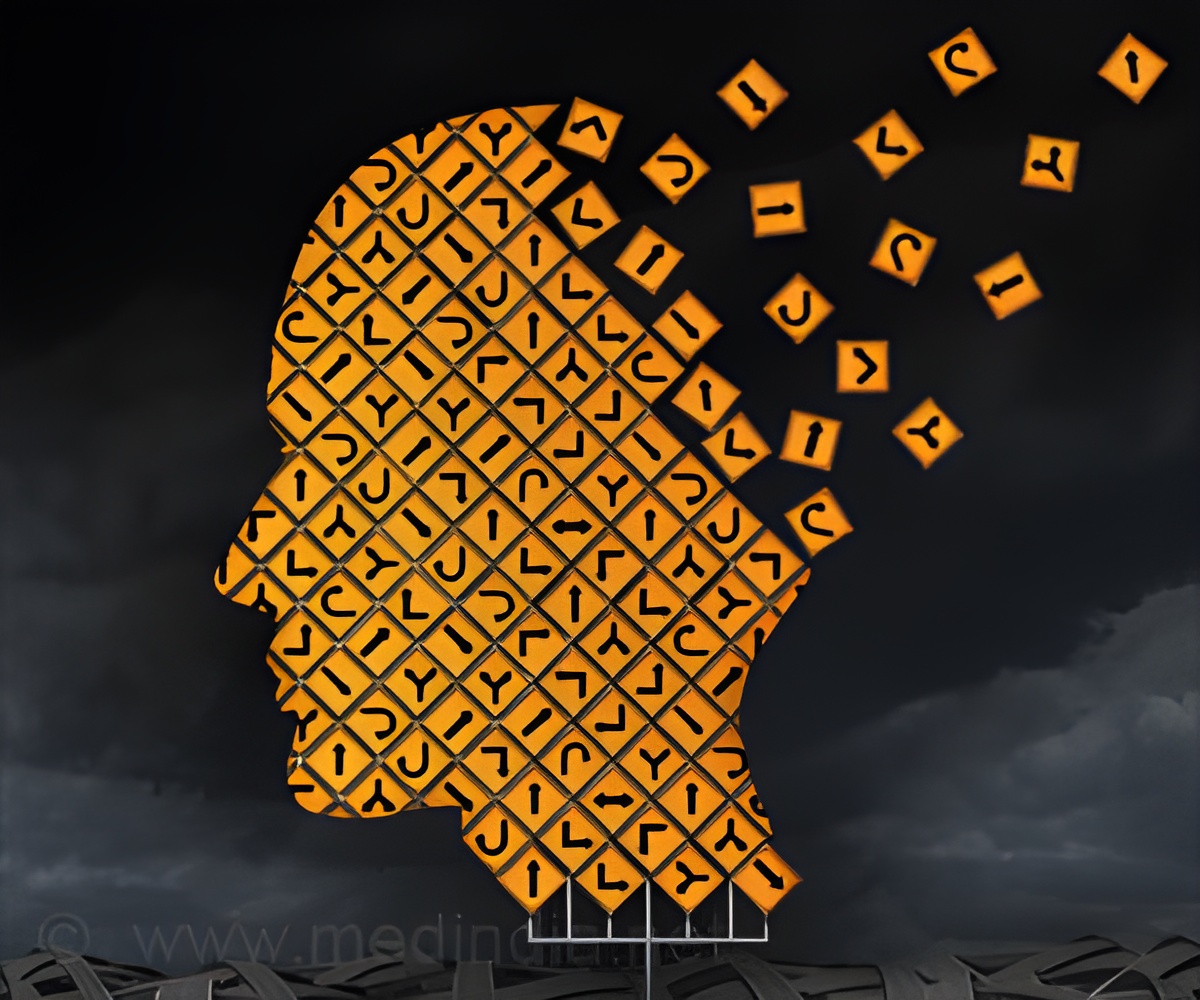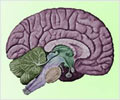Electrical stimulation improves Alzheimer’s patients’ cognitive function and correlates with restored cortical plasticity.

Impact of twice-a-day transcranial direct current stimulation intervention on cognitive function and motor cortex plasticity in patients with Alzheimer’s disease
Go to source) tDCS comes in the form of a device with two electrodes, placed over specific areas of a person’s head, which deliver a constant low intensity electrical current. It is starting to be used in many areas of medicine, including for the treatment of depression.
‘Electrically stimulating the brain twice daily using non-invasive methods might enhance cognitive function in individuals with Alzheimer’s disease. #alzheimer's #nervousdisorder’





Some 140 patients with mild to moderate Alzheimer’s disease from four different hospitals were randomly allocated to receive either 2 daily sessions of active (constant low intensity 1-2 mA current) or sham tDCS, for 5 days of the week for a maximum period of 6 weeks. The currents were applied to the prefrontal cortex, the region of the brain involved in higher order activities, such as planning, decision-making, working memory, moderating social behaviors, and controlling certain aspects of speech and language.
Participants were all aged over 65, had had their disease for more than 6 months, and had all scored below 26 on the Mini-Mental State Exam (MMSE). A score of 24 is regarded as abnormal and indicative of cognitive impairment. Both groups were comparable in terms of age, sex, and educational attainment.
Assessing Cognitive Performance: MMSE and ADAS-Cog Tests
The MMSE and the Alzheimer’s Disease Assessment Scale-Cognitive (ADAS-Cog) Test, which focuses on language and memory, were used to evaluate cognitive performance at the start of the trial, after 2 weeks, and again after 6 weeks.Readings of electrical signalling through the motor pathways of the nervous system, known as motor evoked potential or MEP, were used to indicate changes in neural plasticity.
In all, 133 patients completed the 2-week intervention and 124 completed the 6-week intervention. Reasons for withdrawal varied, but no one withdrew because of discomfort.
Advertisement
The results also showed that in people with Alzheimer’s disease cortical plasticity is impaired, but that this improved after 6 weeks of tDCS.
Advertisement
The researchers acknowledge various limitations to their findings, including the small study size, the lack of MRI or electroencephalography scans to chart changes in brain structure, and the absence of cerebrospinal fluid and blood samples to monitor neurotransmitter changes.
But they nevertheless conclude: “The results of this study strongly indicate that tDCS treatment is a significant and promising intervention for improving cognitive function in [Alzheimer’s disease]. In addition, plasticity plays a vital role in cognitive change.”
Reference:
- Impact of twice-a-day transcranial direct current stimulation intervention on cognitive function and motor cortex plasticity in patients with Alzheimer’s disease - (https://gpsych.bmj.com/content/36/6/e101166)









